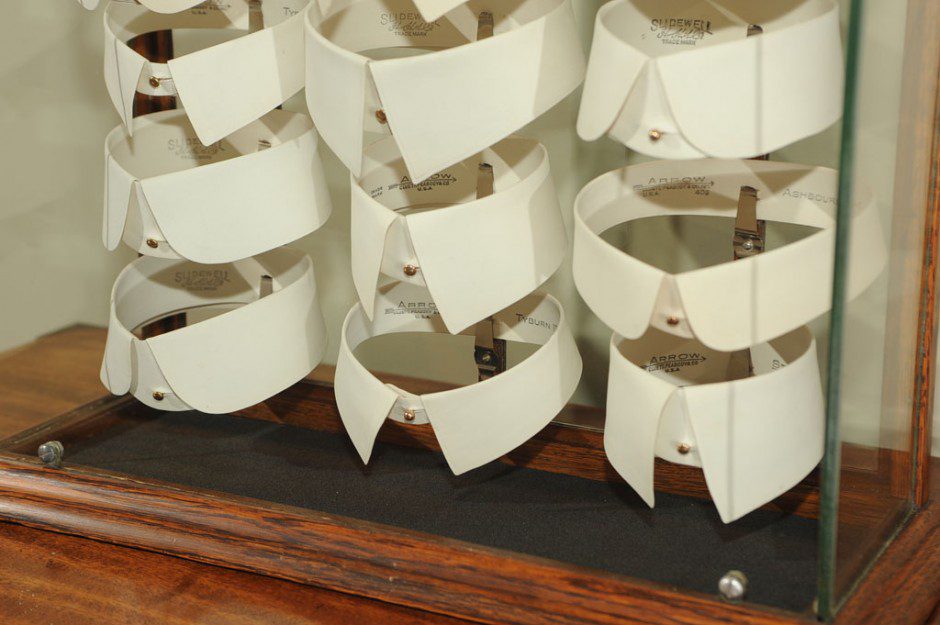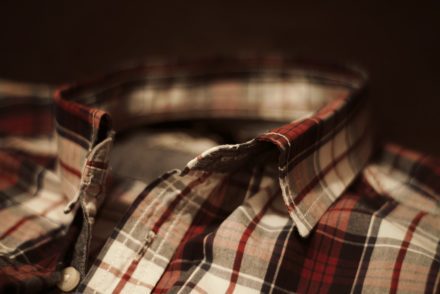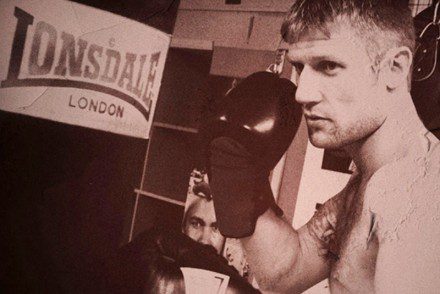When putting together a formal outfit there are many aspects to consider, but at front of mind should always be making sure your ensemble looks good, and that it fits well, allowing you to be stylish yet comfortable whatever the occasion. In this respect, attention should be particularly paid to your shirt, which if badly chosen or ill fitted can throw your entire look off-kilter. Here is a rough guide to what you should be looking for in colours, and collars.
Collars
The effect of any good suit or blazer can be nullified by a poorly-fitted shirt and suit experts such as those at Dobell have long been aware of the problem. In fact, researchers from Cornell University found that up to 70% of businessmen wear their collars too tight. But it’s also very common to see even otherwise well-dressed men leaving too much room at the neck.
So how tight is too tight? The basic rule to keep in mind is that when buttoned, you should be able to fit one index finger between the collar of your shirt and your neck. If you have difficulty finding shirts that look good while being comfortable then you might want to consider having some custom-made, because whether you’re at a wedding, in a meeting, or any type of formal reception, you don’t want a tight collar constricting you, and nor do you want it flapping around conspicuously.
There are a number of different types of collar available, most of which you’ll find in any respectable department store as well as specialist suit shops, both bricks ‘n’ mortar and online. The type of collar you should wear depends on the size and shape of your face.
Firstly, for the shape of your head, rule No. 1 is to remember that opposites attract. Spread collars are suitable for narrow faces, whilst forward points collars, with only narrow openings, are best suited to wider, rounder faces. Although a bit of throwaway fun, the James Bond movies are always a useful reference guide for anyone interested in looking good in a suit. Sean Connery, when he portrayed Bond, would typically prefer a spread collar, whereas the latest incarnation, Daniel Craig, is fuller in the face and so is usually dressed in a collar with forward points and a narrow opening.
Next, the size of your head is important. This is even easier to remember than rule No.1 – larger heads require larger collars, or you’re going to bear close resemblance to a lollipop. Smaller heads need smaller collars, or you risk your head disappearing into your shirt every time you raise your arms. If you have a long neck, you need a high collar, or you’re going to look like a giraffe.
Cutaway collars, which have the widest of spreads making for a very short collar, are in vogue right now and should be worn with a thick knot tie. You can also wear button-down collars, where the points are secured by – guess what? – buttons. These are more suitable for relaxed occasions although you can get away with one in a business setting.
Colours
Generally in your wardrobe you want to have several plain white shirts that look good with virtually every suit, on virtually any occasion. Sticking with white takes a lot of the pressure off making a choice on what to wear in the mornings for work, but there’s nothing wrong with injecting a bit of colour from time to time.
Due to the vast range of colours available, it’s easiest to give you some basic rules of thumb to go by:
Generally the darker your skin tone, the darker the colours you can get away with. Certain colours are perfect for different complexions – for instance, if you have reddish hair and a ruddy skin tone then pink suits will look good on you.
Whichever colours you feel look best on you, they need to match your suit and tie. While a loud shirt can really energise a conservative suit, don’t make the mistake of overdoing it.
A lurid green shirt with a scarlet suit is not doing anyone any favours.
With stripey shirts, coloured stripes on a white background are suitable for formal, white stripes on a coloured background create an informal look. If wearing the shirt with a tie, the tie should ALWAYS be a darker shade than the shirt.
And lastly, for most men, you can’t go wrong with a classic blue shirt, which can be worn formally with a tie, or informally without.
As you will know from the briefest of research, there is an immense breadth of choice with shirts when it comes to collars and colours that may seem daunting at first, but once you find something that works for you, you’ll have a good idea as to how you can vary it effectively.
Image source



